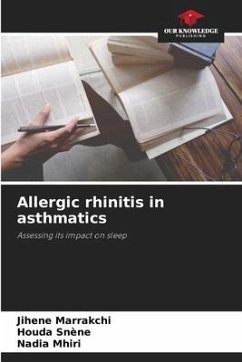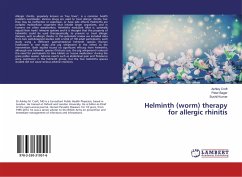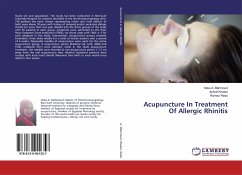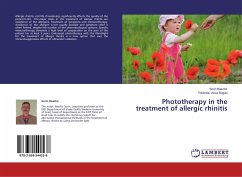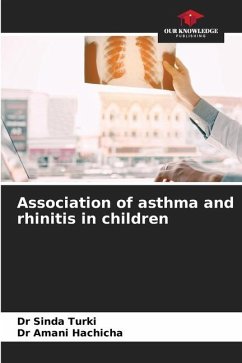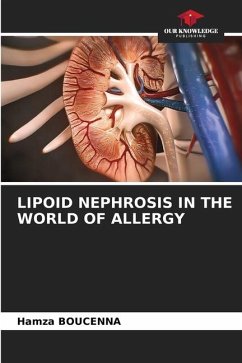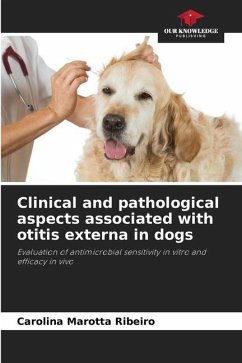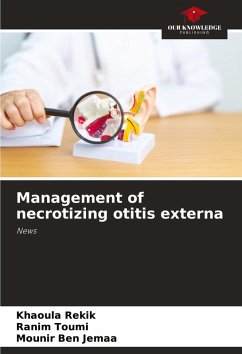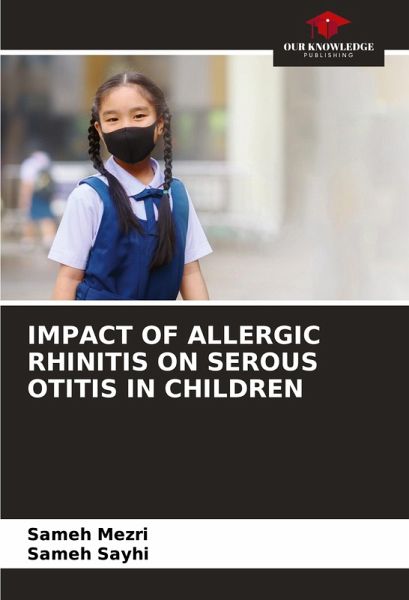
IMPACT OF ALLERGIC RHINITIS ON SEROUS OTITIS IN CHILDREN
Versandkostenfrei!
Versandfertig in 6-10 Tagen
29,99 €
inkl. MwSt.

PAYBACK Punkte
15 °P sammeln!
Seromucosal otitis (SMO) is the leading cause of hearing loss and surgery in children, and allergic rhinitis (AR) has been identified as an independent risk factor for SMO. Allergic rhinitis (AR) has been identified as an independent risk factor for SSO, and our aim was to study the impact of AR on therapeutic outcomes in children undergoing surgery for SSO. We compared the clinical and audiometric results of 60 children who had had a trans-tympanic aerator (TTA) inserted for SSO. The children were divided into two groups (GI: OSM without RA and GII: OSM with RA) and included 60 children with ...
Seromucosal otitis (SMO) is the leading cause of hearing loss and surgery in children, and allergic rhinitis (AR) has been identified as an independent risk factor for SMO. Allergic rhinitis (AR) has been identified as an independent risk factor for SSO, and our aim was to study the impact of AR on therapeutic outcomes in children undergoing surgery for SSO. We compared the clinical and audiometric results of 60 children who had had a trans-tympanic aerator (TTA) inserted for SSO. The children were divided into two groups (GI: OSM without RA and GII: OSM with RA) and included 60 children with a mean age of 6.5 years. The mean hearing threshold was higher in GII (43 dB vs. 39.5 dB). The prevalence of AR was 43%. The mean hearing threshold at three and six months after ATT insertion was lower for GII (18 dB vs. 21.5 dB at three months, and 16 dB vs. 18.5 dB at six months for G1). After removal of the ATT, the mean hearing threshold was 19 dB for the GI and 27 dB for the GII. Postoperatively, 32% of children presented with otorrhea, of which 25% were in GII. OSM recurrence after ATT extraction was observed in 7% of children (5% GII and 2% GII).





